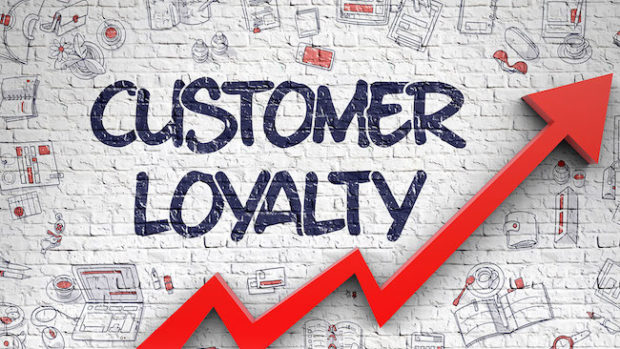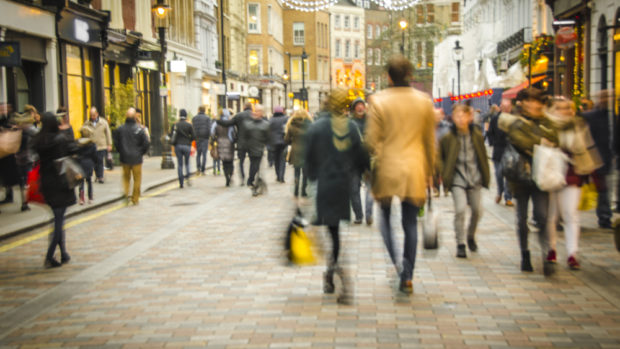According to eCommerce experts Wunderman Thompson Commerce, overall spend during the Black Friday peak period (Friday November 12th to Monday November 29th) is expected to hit £6.25 billion in 2021 with shoppers on the hunt for deals earlier to avoid the last-minute Christmas rush.
Wunderman Thompson Commerce’s Peak 2021 report, which researched over 6000 consumers in the UK, US and China, found that online shopping will skyrocket in 2021, with 70 per cent of Black Friday shoppers indicating that they would increase their spend online vs 29 per cent who said they would increase their spend in-store.
An unsurprising retail winner continues to be Amazon with over a third (35 per cent) of UK Black Friday spend taking place on the marketplace in 2020, a figure that is estimated to rise this year by a further 5 per cent due to a longer peak discounting period and the introduction of “Black Friday-worthy” early deals.
In fact, 71 per cent of UK Black Friday shoppers bought from Amazon during the Black Friday period last year. In comparison, eBay (31 per cent), Argos (25 per cent) and John Lewis (15 per cent) all fell short of the marketplace’s convenience, deals and price-point. It’s not simply a place to purchase products though. It has become a source of inspiration for many shoppers, with close to 1-in-5 (18 per cent) citing that they use the brand to guide their purchasing decisions.
And with more shoppers on the hunt for inspiration, retailers and brands have an opportunity to tap into the Black Friday craze. In fact, shoppers rely on influencers (18 per cent) and social media (20 per cent) to find good deals online, with 1 in 5 (20 per cent) getting most of their Christmas shopping ideas from social media as well.
Hugh Fletcher, Global Head of Consultancy and Innovation at Wunderman Thompson Commerce, said: “Retailers mustn’t overlook the multitude of challenges in the UK including supply chain disruption, a shortage of HGV drivers, Brexit complications and price inflation. With the Christmas rush likely to become the Black Friday rush this year, retailers need to have their front- and back-end ready earlier – and pay close attention to consumer shopping behaviour. Keeping up with this demand will ultimately come down to the maturity of digital services, as well as the ability to compliment in-store discounting through click and collect, next day delivery and social media activity.
“What’s more, Amazon continues to be the trendsetter when it comes to introducing deals early, providing a convenient service and access to a diverse product range; its foray into in-store via a four-star only physical shop means it can provide the same great service physically as well. The goal here has always been to create as many avenues as possible to connect consumers to its vast marketplace. Retailers can learn from this approach – ensuring online channels are easy to use and connecting shoppers back to brick and mortar stores.”
Looking back at the end of last year – when the UK had eased Covid-19 restrictions followed by a last-minute Christmas lockdown – 72 per cent of Black Friday shopping in the UK was online, a marginal increase on the 70 per cent in 2019. And as consumers seek out deals, the rise of social media and social commerce may prove to be an unexpected avenue for retailers this year.
Almost one-in-ten (9 per cent) of UK Black Friday spending was done via social commerce, while a third (32 per cent) of UK Black Friday shoppers said that they were comfortable buying via social media channels in 2020. And with as few as 17 per cent of shoppers saying that their Black Friday shopping behaviour will revert to pre-pandemic levels, these changes in the industry are more permanent than just a temporary post-Covid-related trend.








Share